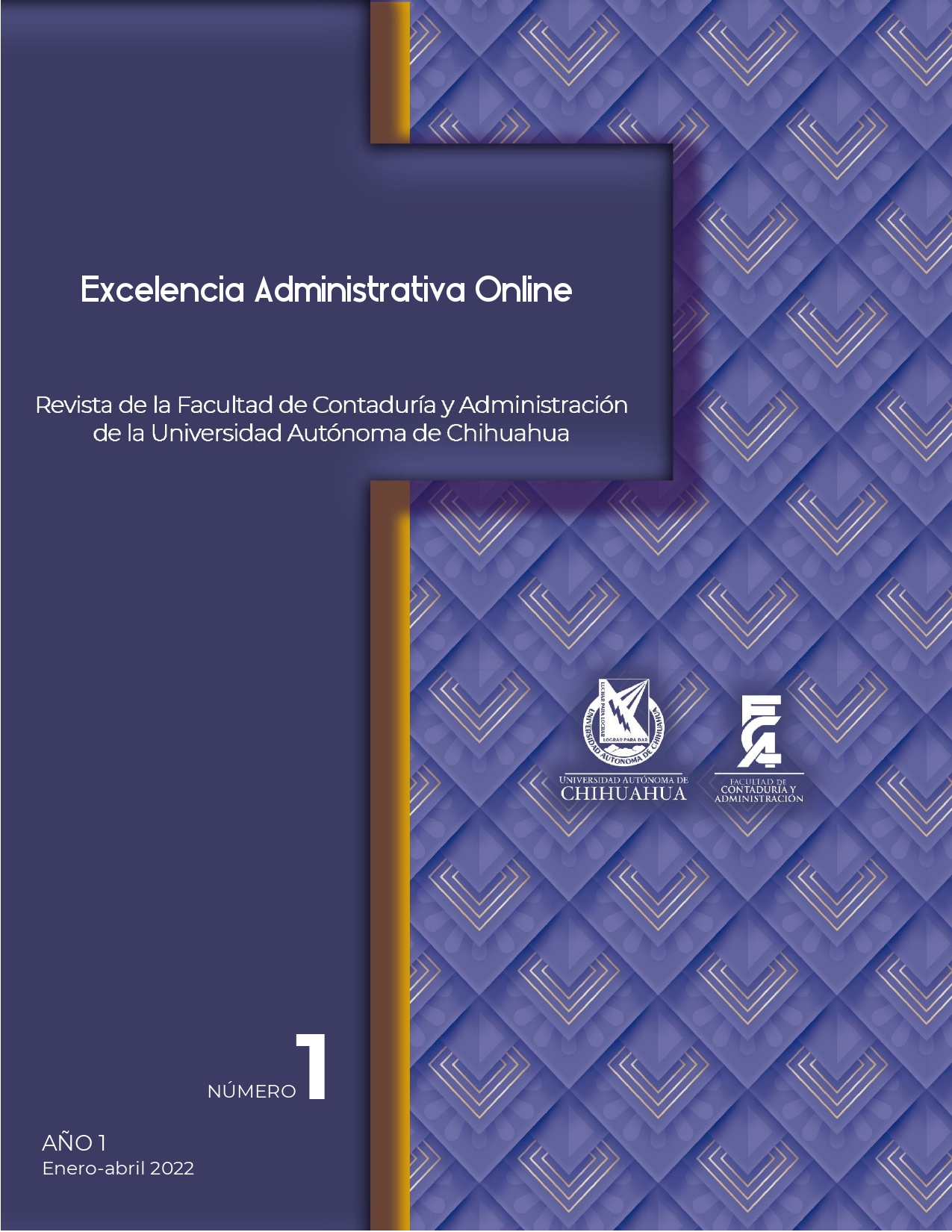Español
Keywords:
EspañolAbstract
The purpose of this article is to analyze the financial literacy programs offered by financial institutions belonging to the commercial banking sector; the evaluation of these programs is essential for their approval, improvement, and effectiveness. Thirteen institutions and five programs were considered for the collection of information, where the virtual ethnography technique was applied through a template that establishes the analysis criteria. Savings and financial planning were identified as the main categories within the content of the courses, since these topics are addressed in each of them, followed by credit, investment, macroeconomic aspects, insurance, retirement and financial security. As for the teaching dynamics, digital resources are used, which are mostly readings, videos and interactive activities. Given the information obtained and the analysis carried out, it is concluded that the programs analyzed are effective according to the criteria indicated by the OECD. Finally, the content of a comprehensive financial education program, designed based on the results of this study, is proposed.
Downloads
Downloads
Published
How to Cite
-
Abstract400
-
PDF (Español)330
-
HTML (Español)210










